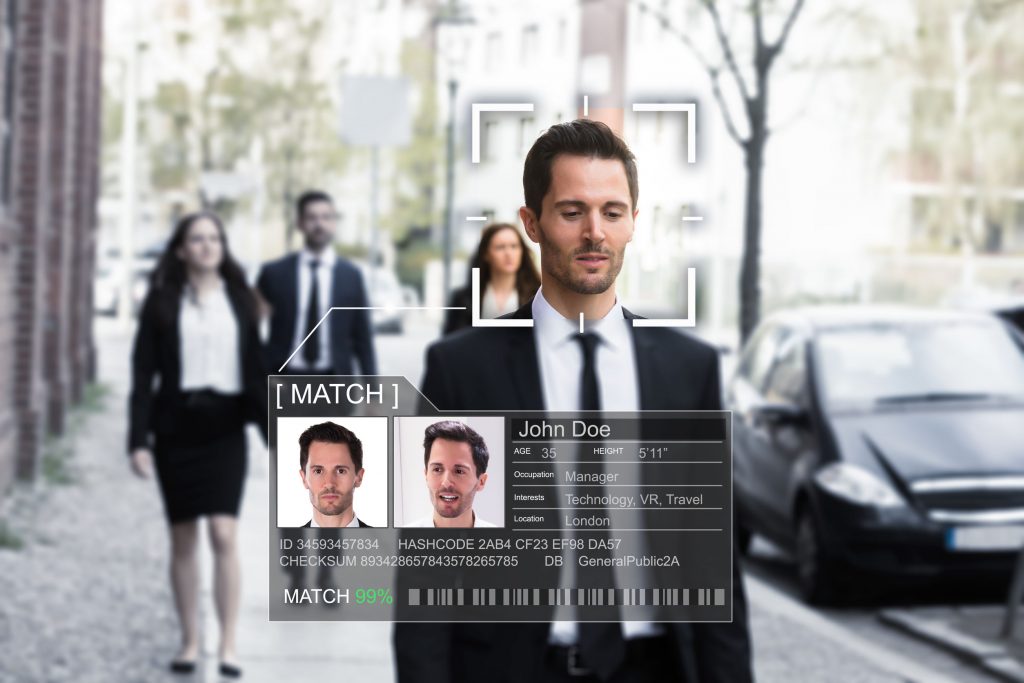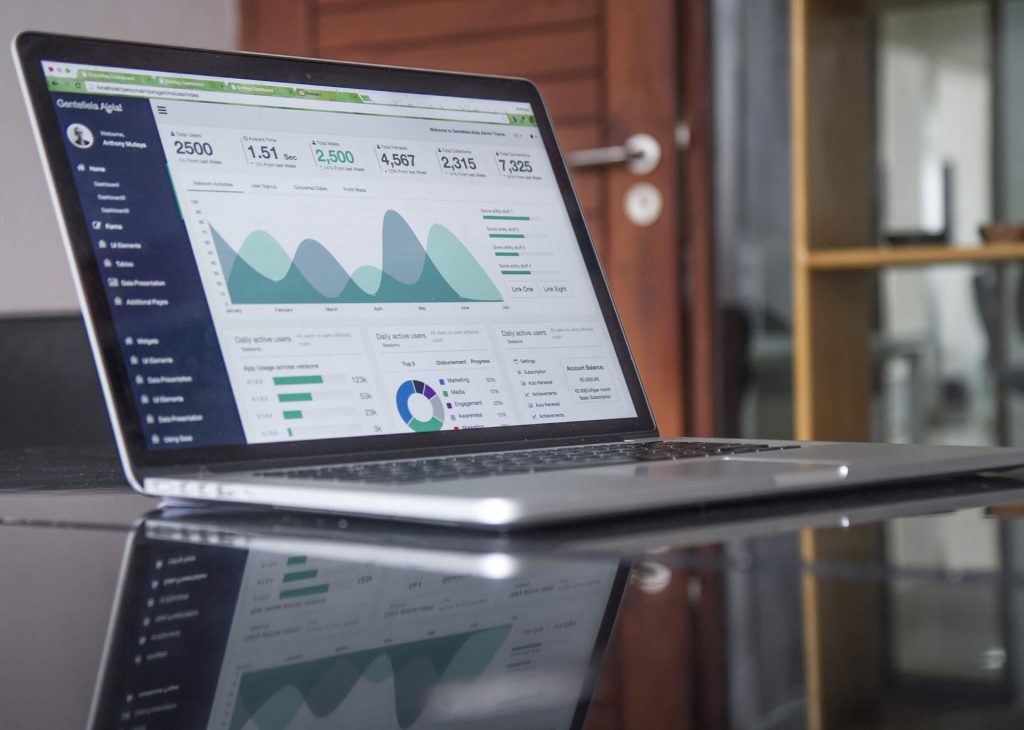As organisations navigate rapid technological change, workforce shifts, and new business realities, the role of Human Resources is being fundamentally redefined. HR is no longer just an administrative or compliance function — it’s becoming the strategic architect of human capability.
By 2026, five unstoppable trends are setting the agenda for the future of work and reshaping how organisations attract, develop, and retain talent.
1. Skills Are the New Currency
From jobs to skills: HR becomes the architect of the skills-based enterprise.
The traditional job description is fading fast. As technology and business models evolve, organisations are realising that skills — not job titles — are what truly drive agility, innovation, and growth.
Leading organisations are dismantling rigid hierarchies and building skills-based talent ecosystems, where employees can move fluidly across projects, functions, and roles. HR plays a critical role in defining and governing a skills taxonomy — a common language of skills across the enterprise — and connecting it to learning, performance, and career mobility systems.
- Practical examples:
- Unilever and Novartis have built internal talent marketplaces (using platforms like Gloat and Fuel50) that match employees’ skills to open projects or gigs, boosting mobility and engagement.
- Workday’s Skills Cloud and LinkedIn’s Skills Graph now use AI to infer and update employee skills dynamically.
- Data insight: 89% of HR leaders say skills are becoming the central unit of workforce planning (Gartner, 2025).
- Business impact: Companies adopting skills-based models are 2x more likely to deploy talent effectively and 50% more likely to improve retention (Deloitte, 2024).
In essence: Skills are the new currency — and HR is the central bank.

2. Human + AI Collaboration Redefines Work
HR leading the redesign of roles, learning, and leadership for human–machine partnerships.
Artificial Intelligence is not replacing work — it’s redefining it. The future belongs to organisations that can harmonise human creativity, empathy, and judgment with AI’s speed, scale, and precision.
HR now faces a dual challenge:
- Redesigning roles and workflows to integrate AI effectively.
- Developing a digitally fluent workforce that can collaborate with intelligent systems.
Forward-thinking HR teams are introducing “AI literacy” as a core competency, embedding responsible AI use in leadership frameworks, and even building “AI co-pilots” into daily work routines.
- Practical examples:
- IBM is training 2 million learners worldwide in AI fundamentals.
- PwC has invested over $1B in GenAI upskilling to enhance consultant productivity.
- HR departments are deploying AI co-pilots for recruiting, learning, and HR service delivery — reducing admin workload by up to 60%.
- Data insight: 75% of employees say they would use AI tools if employers provided training (Microsoft Work Trend Index, 2024).
- Impact: Human + AI collaboration can drive 30–50% productivity gains (MIT Sloan, 2024).
The opportunity: HR becomes the designer of human-machine partnerships — ensuring technology empowers, not replaces, people.

3. Digital Trust & Ethical Tech Leadership
HR as the custodian of responsible technology and data ethics.
As AI and analytics permeate HR systems, trust becomes a strategic asset. Employees increasingly expect transparency in how their data is used and secured — and they want assurance that AI is fair, unbiased, and explainable. Ethical use of sensitive data become increasingly important as emerging technology such as voice and face recognition are becoming more mainstream.
HR is uniquely positioned to lead on ethical technology governance. By collaborating with IT, Legal, and Compliance, HR can establish clear principles for data use, employee monitoring, and AI decision-making. Clear policy, strategy and training are crucial to ensure boundaries maintained, while at the same time the organisation, and its workforce can reap benefits of these technological advances.
Modern HR leaders are embedding digital ethics into the employee experience, much like diversity or sustainability initiatives. They’re launching Digital Trust Training, setting up AI Ethics Councils, and running Ethical Impact Assessments before deploying new HR tech.
- Practical examples:
- SAP and Microsoft have established internal AI Ethics Boards where HR has a voice in reviewing use cases.
- Some organisations now treat digital ethics training as mandatory for all managers.
- Data insight: 41% of employees fear AI will misuse their personal data (Edelman Trust Barometer, 2025).
- Impact: Companies with transparent data practices report 30% higher employee trust and engagement (Accenture, 2024).
The future of HR leadership lies in building digital trust — balancing innovation with integrity.

4. The Hybrid Workplace – Designing Work for Connection, Wellbeing & Performance
Beyond flexibility: HR shaping culture and belonging in hybrid work.
The hybrid work conversation has evolved. It’s no longer about where people work — it’s about how connection, culture, and performance are sustained across digital and physical boundaries.
Intentionally considering how teams will work most effectively has become a core factor in designing an optimum employee experience. HR is now orchestrating how teams collaborate, how leaders build trust, and how culture is reinforced in distributed environments.
- Practical examples:
- Cisco focuses on inclusion and connection through “hybrid leadership” training.
- Salesforce redesigned offices into collaboration hubs and measures “team energy” instead of occupancy.
- Some companies are implementing connection metrics — measuring how often teams interact meaningfully.
- Data insight: Hybrid employees are 29% more productive when given autonomy and connection opportunities (Harvard Business Review, 2024).
- Impact: Strong hybrid cultures see 2.5× higher retention and 40% lower burnout (Gallup, 2025).
The new HR advantage: building workplaces that feel human — whether in-person or online.

5. Talent Intelligence – Turning Data into Insight and Foresight
HR using AI to deliver predictive, evidence-based decisions that drive business growth.
HR has long collected data — but the real transformation lies in turning it into strategic foresight. Talent Intelligence combines data from across the employee lifecycle — hiring, performance, learning, and engagement — and uses AI to identify patterns and predict future trends.
Predictive analytics enables HR to answer not just what happened, but what will happen next and what should we do about it.
- Practical examples:
- PepsiCo uses predictive models to forecast turnover and enable proactive retention.
- HSBC integrates workforce analytics with business data to anticipate skill shortages.
- Some organisations link employee sentiment data to productivity, predicting which teams are at risk of disengagement.
- Data insight: Companies using advanced talent analytics are 3.1× more likely to outperform peers in revenue per employee (Deloitte, 2025).
- Impact: 80% of CHROs say AI-driven insights now influence C-suite strategy (Mercer, 2024).
Talent intelligence turns HR from a service provider into a strategic advisor.

Conclusion: HR as the Strategic Architect of Human Capability
The future of HR isn’t just about new tools — it’s about a new mindset.
A mindset that views talent as fluid, technology as a collaborator, and trust as the foundation of performance.
The HR function of 2026 will be defined by its ability to:
- Design skills-based, agile organisations.
- Orchestrate human + AI collaboration.
- Lead with digital ethics and trust.
- Create connected, hybrid cultures.
- Apply talent intelligence and predictive analytics to guide strategy.
In this new world, HR doesn’t just enable the business — HR becomes the business.

